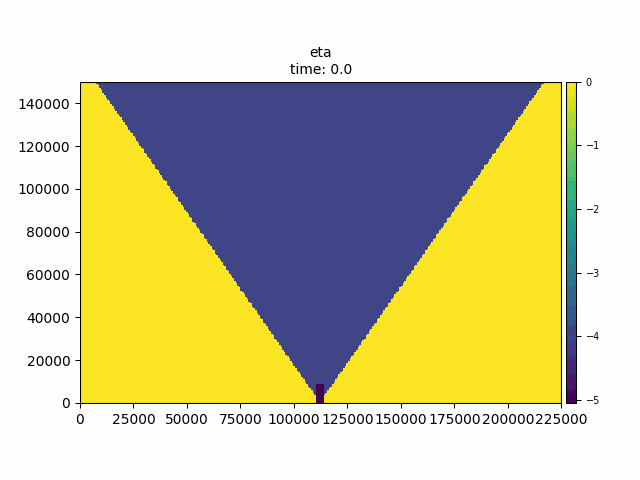Research
Spatially Heterogeneous Shallow Compaction on Delta Morphodynamics
This is still an ongoing research… I will be presenting a poster that shows some of my preliminary results at AGU 2025.
Project Overview
Shallow compaction is a first-order control on contemporary subsidence rates in deltas. Weight of deltaic sediments expel water from and reduce the volume of pore space in underlying bay muds and organic-rich peats, resulting in compaction and vertical land motion. This mechanism is often treated as spatially uniform or evaluated at isolated points, such as sediment cores used for porosity-depth trends and depth-time trends from radiocarbon dating. These simplifications, however, overlook spatial variability in compaction that may directly influence delta morphology and dynamics. Since delta morphology and dynamics directly influence the effectiveness of nature-based solutions like sediment diversion, ignoring this complexity introduces uncertainty in predictions of land-building potential at diversion sites. Here, we integrated a 1-D pressure-driven compaction model (Chamberlain et al., 2021) with a 2-D rules-based morphodynamic delta model (Moodie et al., 2021), and explicitly resolve the connections between spatially variable compaction and channel dynamics over centennial timescales.
Model outputs were validated against published field observations from the Lafourche Delta lobe of the Mississippi River Delta. Preliminary results indicate that spatially variable compaction reduces net land area and increases shoreline roughness in zones of high localized subsidence. In these areas, channels become more stable; localized accommodation zones created by shallow compaction suppress channel mobility, consequently increasing localized delta progradation. These findings highlight the important role that nonuniform compaction could play in shaping land-building outcomes at future sediment diversion sites.

Fig1. Here is an example of the changes in bed elevation of a river delta running the coupled model for 1000 years with a time-adjustment index of 0.2 in a domain with a 70° opening angle.
References
- Chamberlain, E. L., Shen, Z., Kim, W., McKinley, S., Anderson, S., & Törnqvist, T. E. (2021). Does load-induced shallow subsidence inhibit delta growth? Journal of Geophysical Research: Earth Surface, 126, e2021JF006153. https://doi.org/10.1029/2021JF006153
- Moodie, A. J., Schwenk, J., Piliouras, A., & Passalacqua, P. (2021). pyDeltaRCM: a flexible numerical delta model. Journal of Open Source Software, 6(64), 3398. https://doi.org/10.21105/joss.03398
